Doctor Darwin's Diary
From peonies to pineapples: explore the Darwin family garden in the UL's latest acquisition
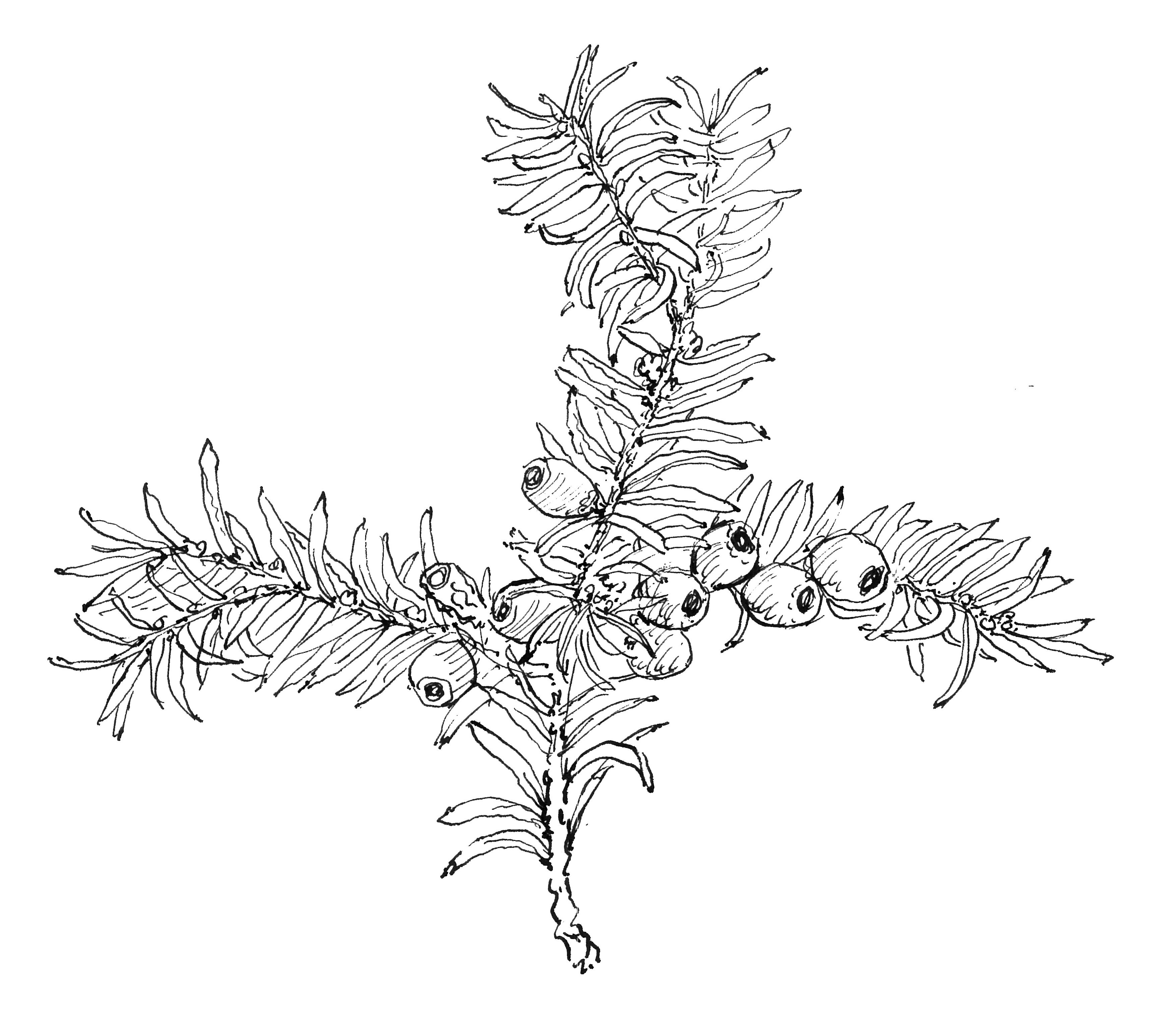
A gardening diary, spanning three decades of Darwin family history - recording how a young Charles interacted with and used the natural world around him - has been added to the archives at Cambridge University Library.
Thanks to the generosity of author Susan Campbell, whose own book was inspired by the extraordinary find, the diary, written by Charles' father and sister is now part of the biggest Darwin-related collection in the world.
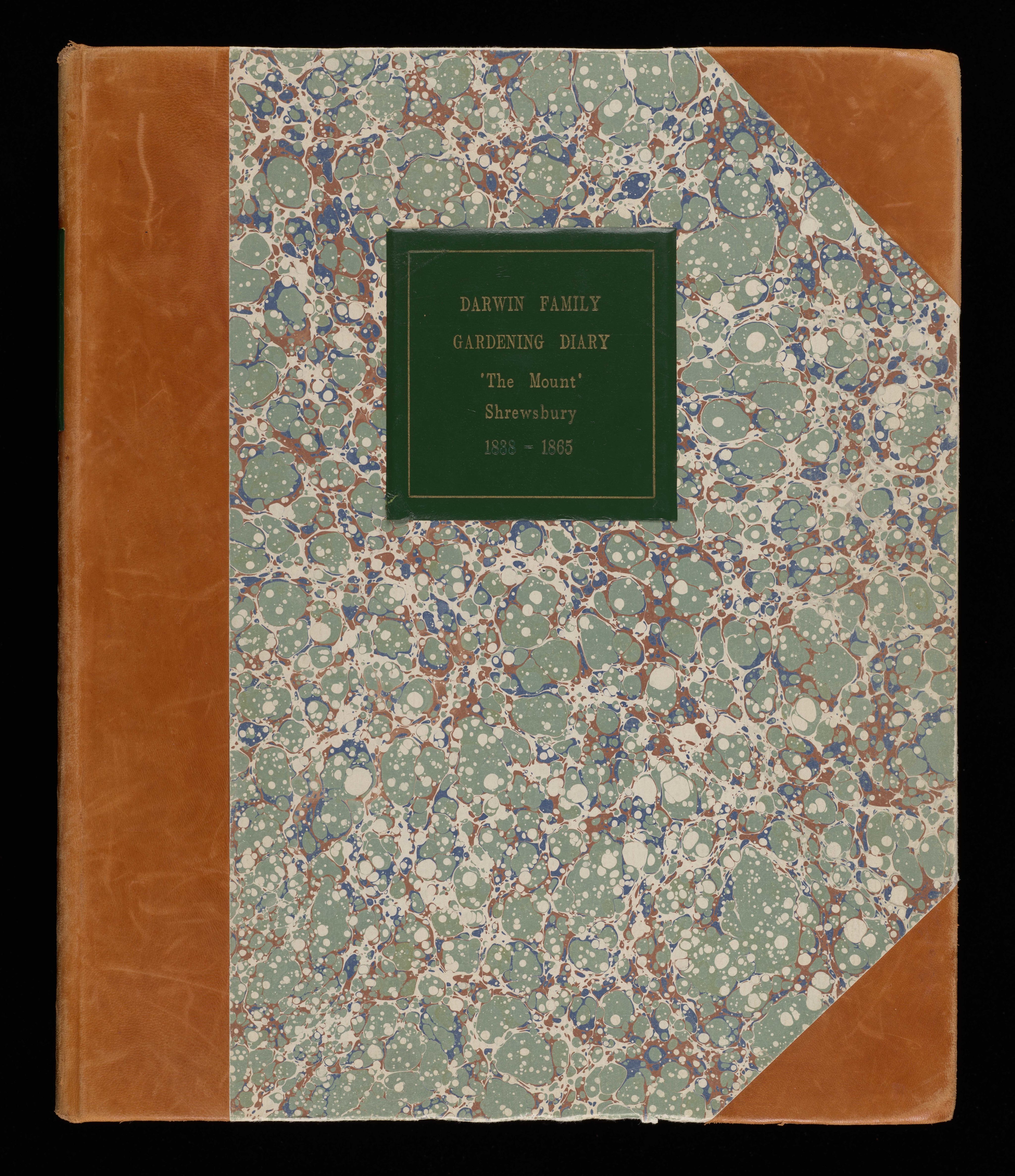
It all started 36 years ago, purely be chance, at a Christie's auction. The diary was advertised in a 1986 catalogue, catching Susan's attention the day before the auction took place.
Susan travelled to the auction house only to find that the owner had withdrawn the diary from sale. Who was the owner? Why did they decide not to sell?
With a little help from a friend, Susan manged to get a letter to natural historian, Peter Dance, who had originally purchased the diary from a bookseller who simply said, “a little old lady just brought it in one day.”
They decided to combine their expertise and knowledge to work on a book about the garden diary. Years went past, however, and in 2000, Campbell purchased the diary from Dance and continued her research.
The diary details activities relating to the stocking, cultivation, harvesting and maintenance of the gardens and the annual cycle of activities in the grounds. It also includes references to plants grown from seeds brought back by Charles Darwin from South America and to other plants raised for him, as well as trees grafted for him to plant in his garden.
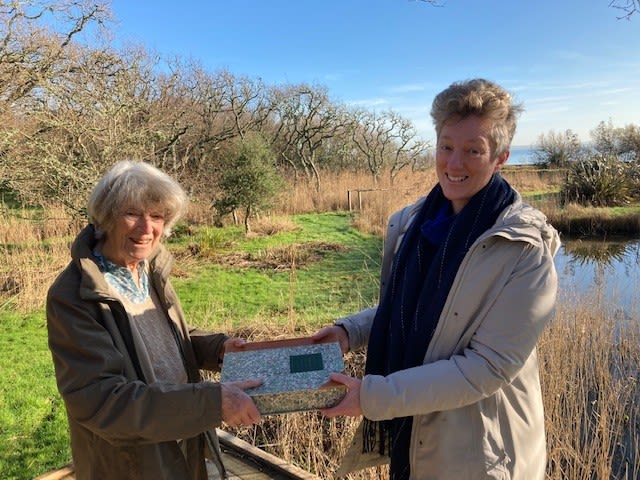
"I was delighted to receive this volume on behalf of the Library from Susan in her own impressive garden," said Dr Katrina Dean, Keeper of Manuscripts and Curator of Scientific Collections.
"It helped me appreciate how much practical knowledge and skill as well as detailed historical research underpinned her study of Dr Darwin's garden diary."
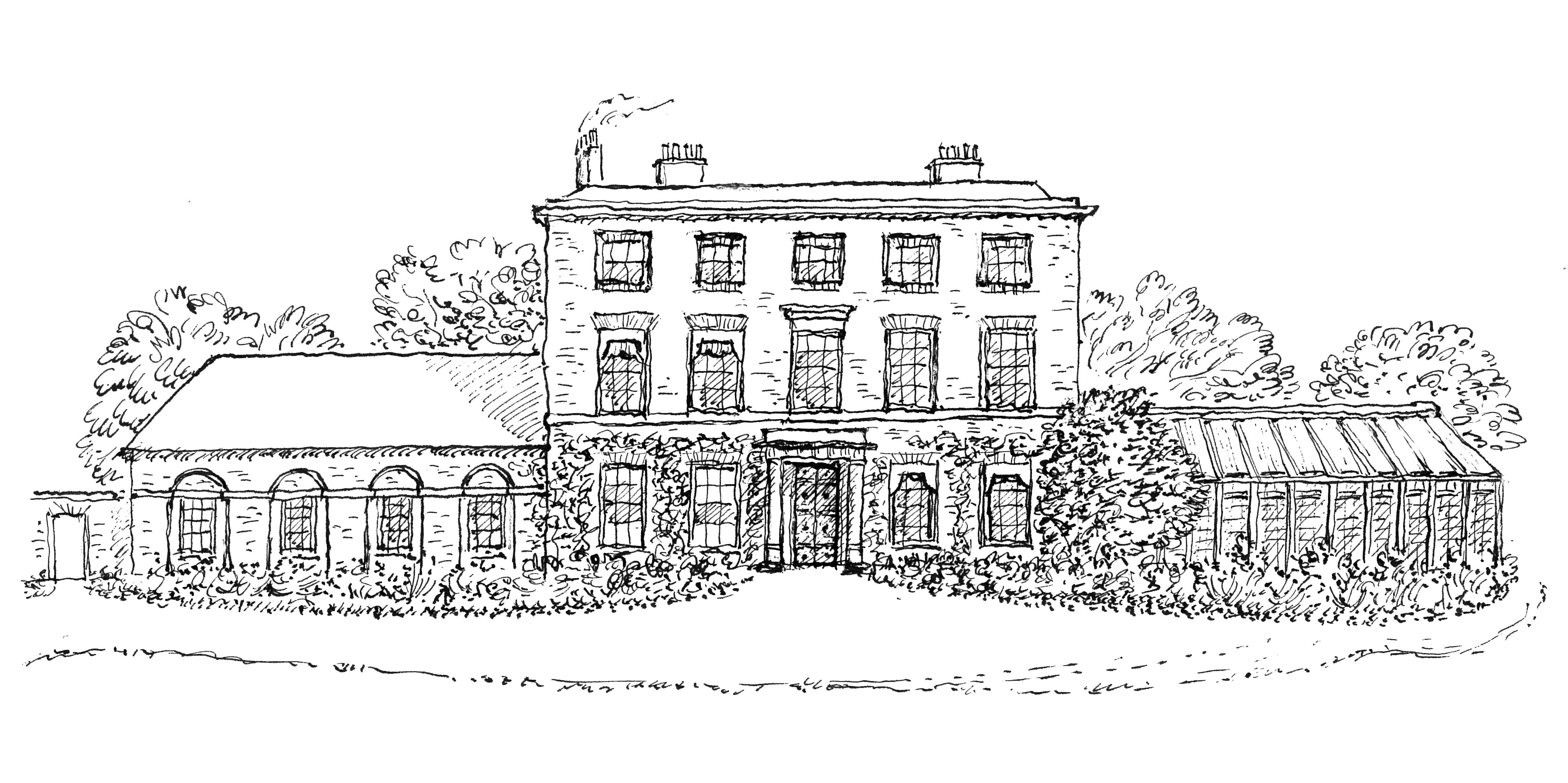
A diary from paradise
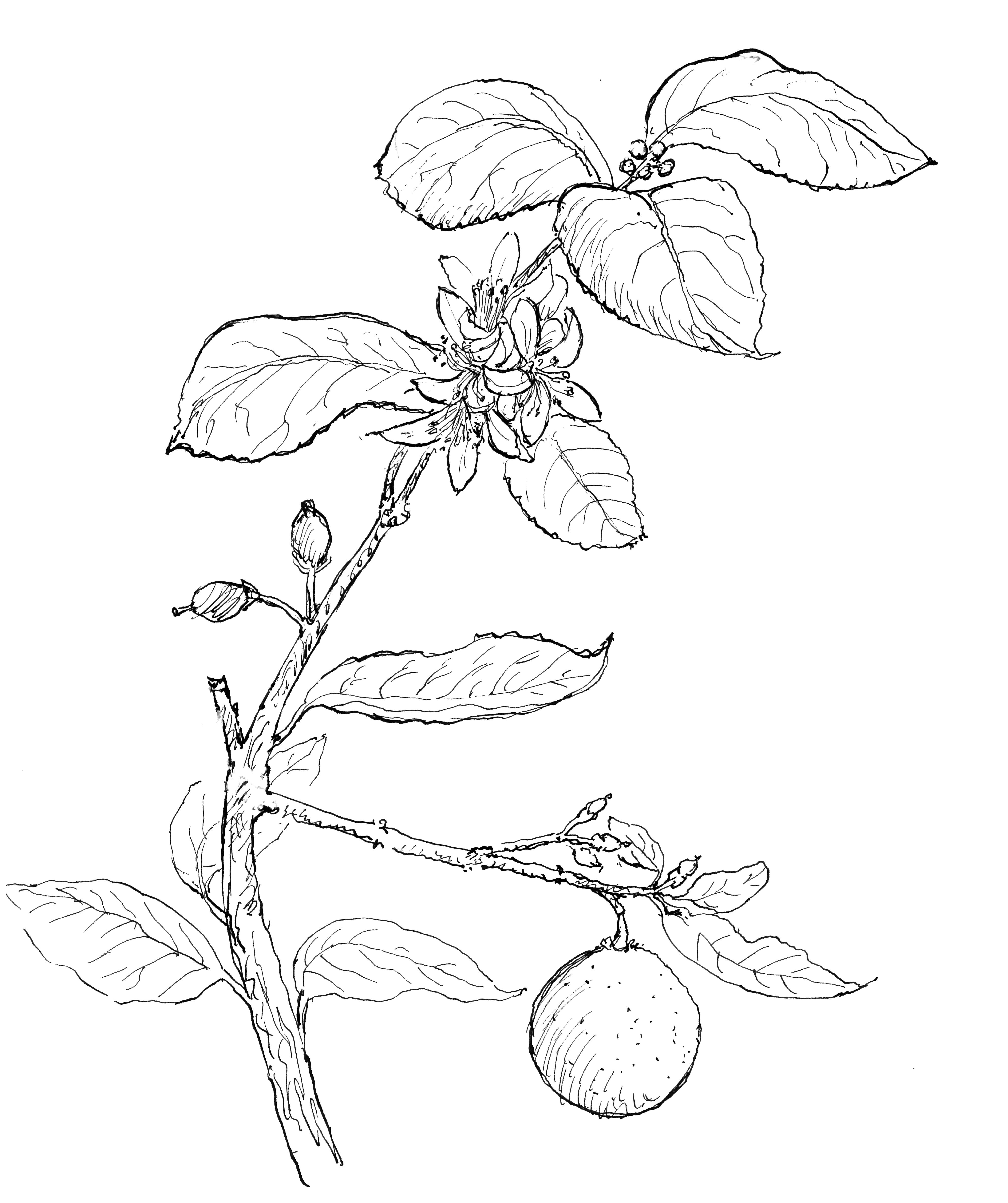
In 1796, Dr Robert Darwin purchased land in Shrewsbury and built a large house and gardens, known as The Mount, which would become the Darwin family home.
Here, Charles and his siblings grew up, surrounded by seven acres of land, a river terrace, circular flower gardens, a greenhouse, and hothouses to grow delicacies like winter cucumbers, pineapples, and bananas - all overlooking the banks of the River Severn.
The diary is a substantial volume with marbled endpapers, calf binding, and housed in a green box. Entries by Robert Darwin, his daughter Susan and occasionally the gardener, John Abberley, are in the curious form of a perpetual diary. One page is allocated to each day of the year and spans almost 30 years.
Events can be compared on the same day across different years, as well as special events. On Christmas Day 1858, for example, there were 23 to dinner, for which the first sea kale of the year was served.
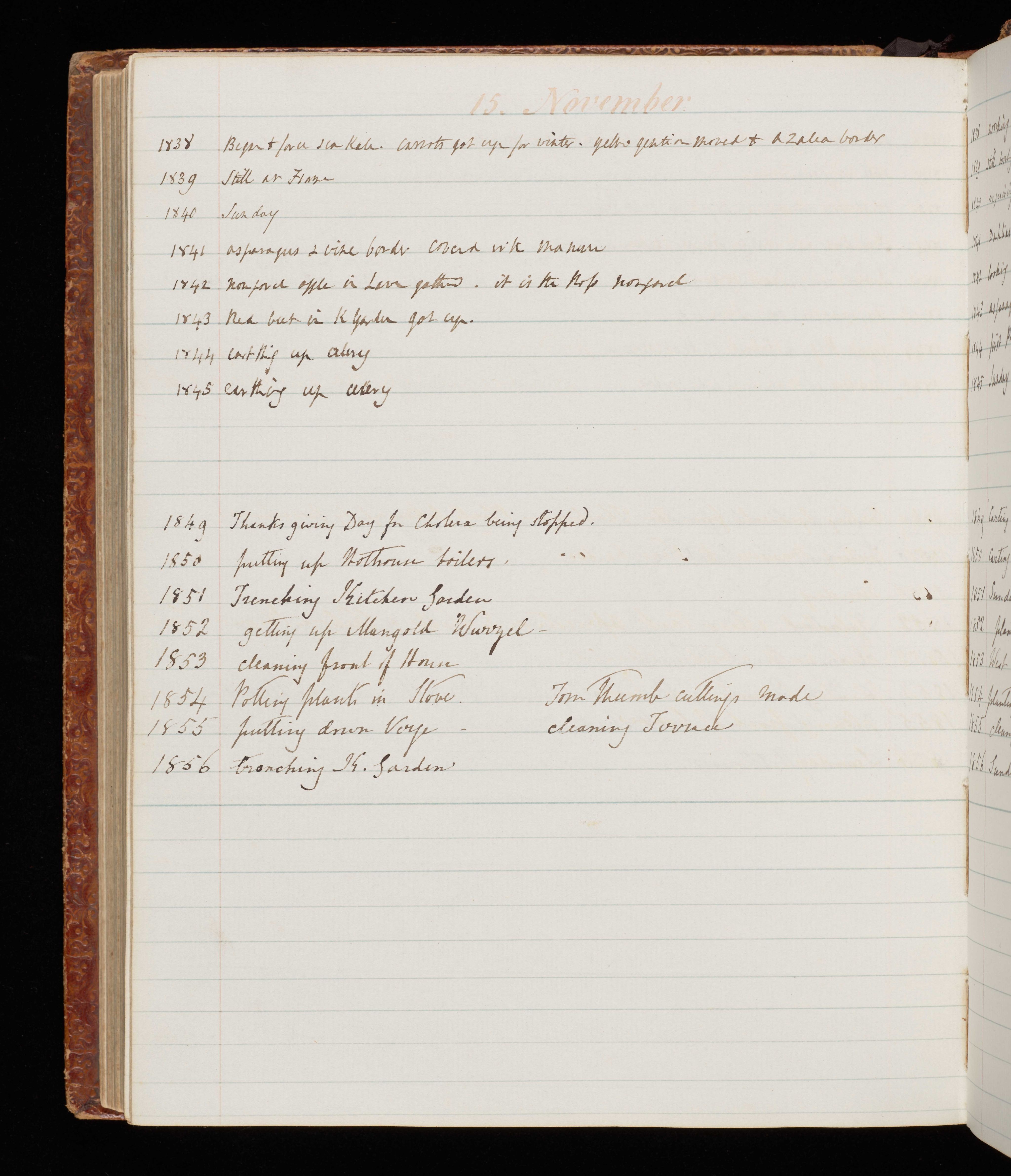
Thursday, 15 November, 1849 was a ‘Thanksgiving Day for Cholera being stopped’. The pandemic killed more than 50,000 people in England, including 116 from among Shrewsbury’s population of 23,000. Shops were closed and services held in all the churches.
The gardens of The Mount as illustrated for the sale plan of 1867 and the Ordinance Survey of 1881.
A sketch map on The Mount in modern times, drawn by Susan Campbell in 2021.
South American potatoes and wild orange seeds from America: Experiments at The Mount
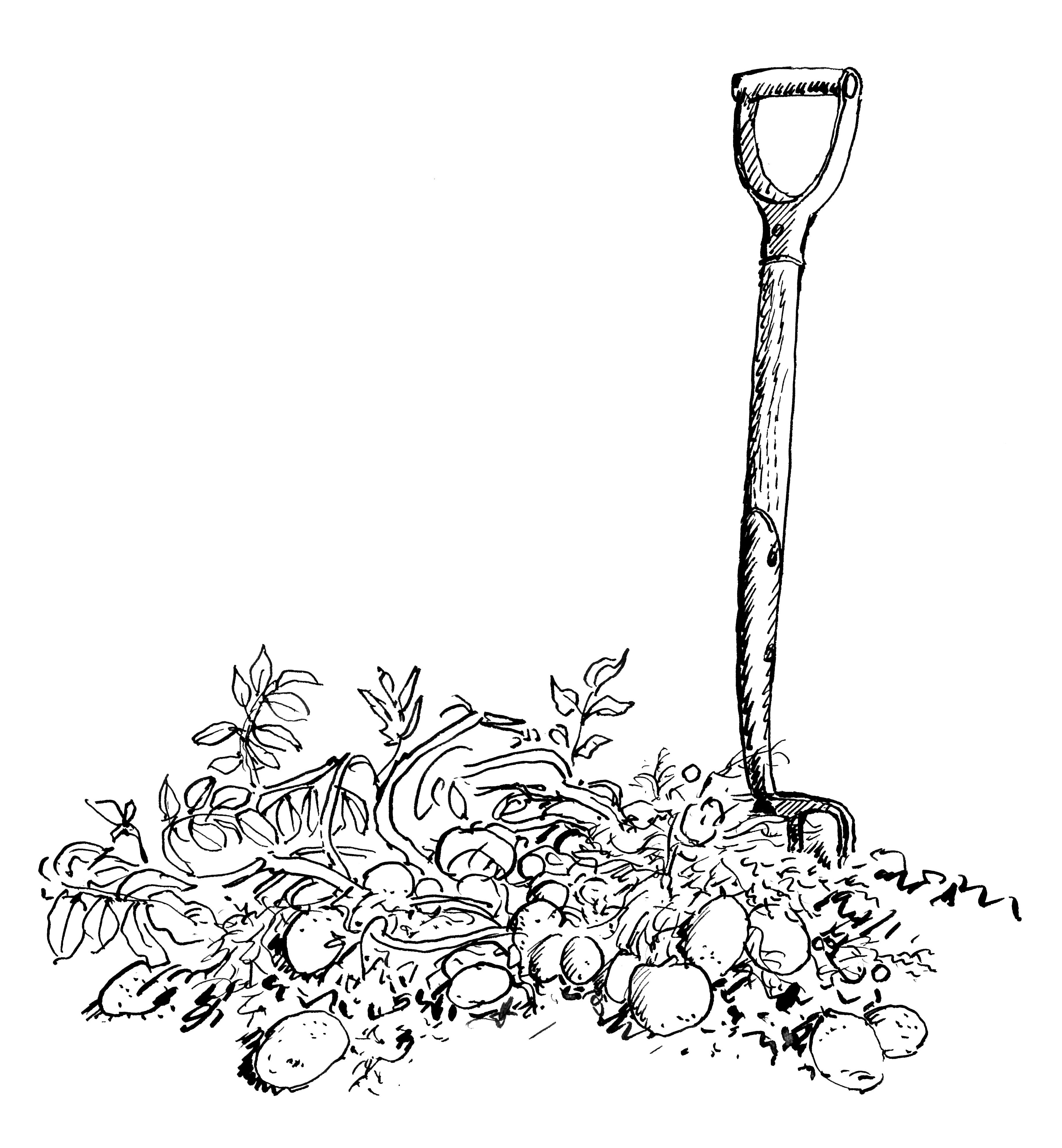
For Charles, who grew up there with his siblings Erasmus, Caroline, Emily, Marianne and Susan, the garden at the Mount was a ‘Paradise.’
On the Beagle voyage, Charles wrote to his sister Caroline from Buenos Aires in 1833, ‘I often think of the Garden at home as a Paradise on a fine summer's evening, when the birds are singing how I should enjoy to appear, like a Ghost amongst you, whilst working with the flowers.’
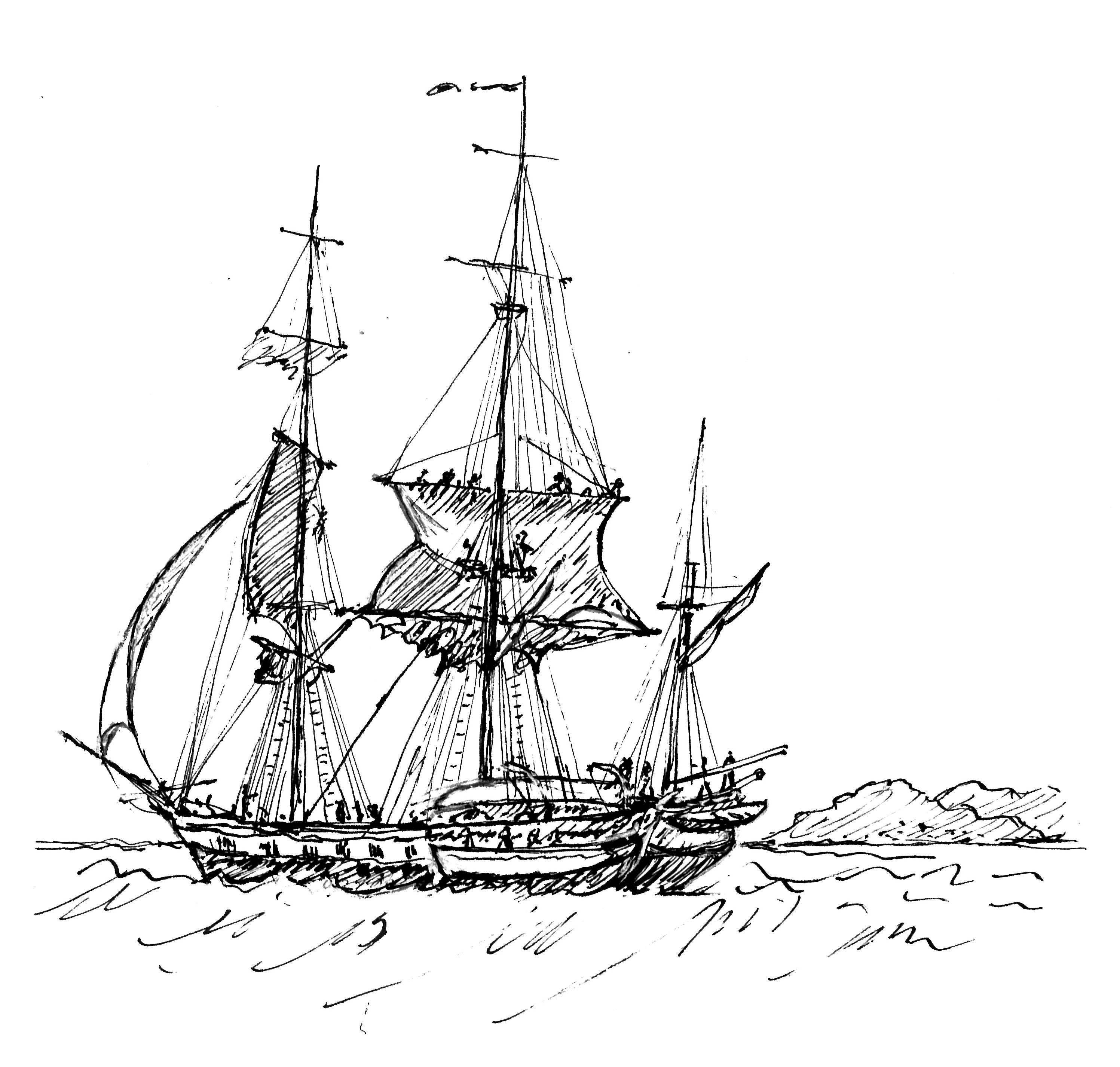
As a child, Charles’ father instructed him to count the peonies, and his brother Erasmus set up a chemical laboratory, first in one of the garden sheds, then the dairy, where they sometimes worked together.
After he returned from the Beagle in October 1836, Charles requested various plants to be grown to support his research. One of his persistent interests was in sensitive plants whose leaves and flowers close in response to darkness, touch or even sounds.
The diary records that a sensitive plant was grown in the stove in the kitchen garden at the Mount in December 1838, and then in January 1839, seeds of Mimosa Sensitiva, a native of tropical America, were sown in the hothouse.
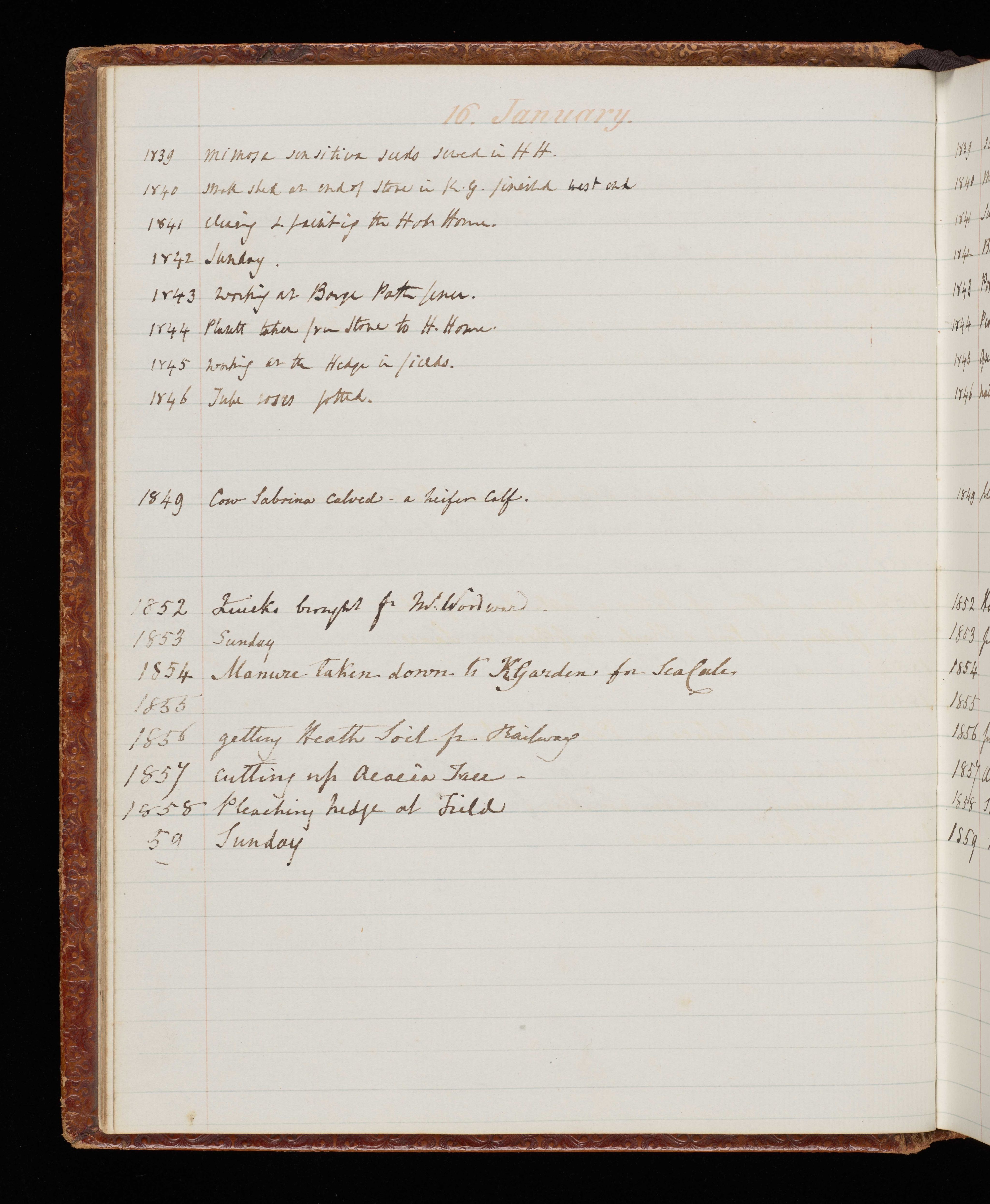
Another experiment at the Mount was to grow potatoes. On 11 April, 1839, Robert wrote in the garden diary, ‘South American potatoes planted. From those brought by Mr C. Darwin’ and on 17 October ‘Mr Charles potato got up.’ Charles was interested in finding disease resistant varieties to combat the Irish Potato Famine.
In November 1840, Yew tree (which are either male or female) seeds were sown for Charles’ studies of variability and reversion to parent forms.
To support his studies of variation, Charles set several tasks for Abberley, the gardener, in 1840 and 1841, including to observe insects and pollination of cucumbers and the planting of sweet peas to see if bees visited them, concluding that as sweet peas can be raised true, if the bees came, there was no crossing by bees.
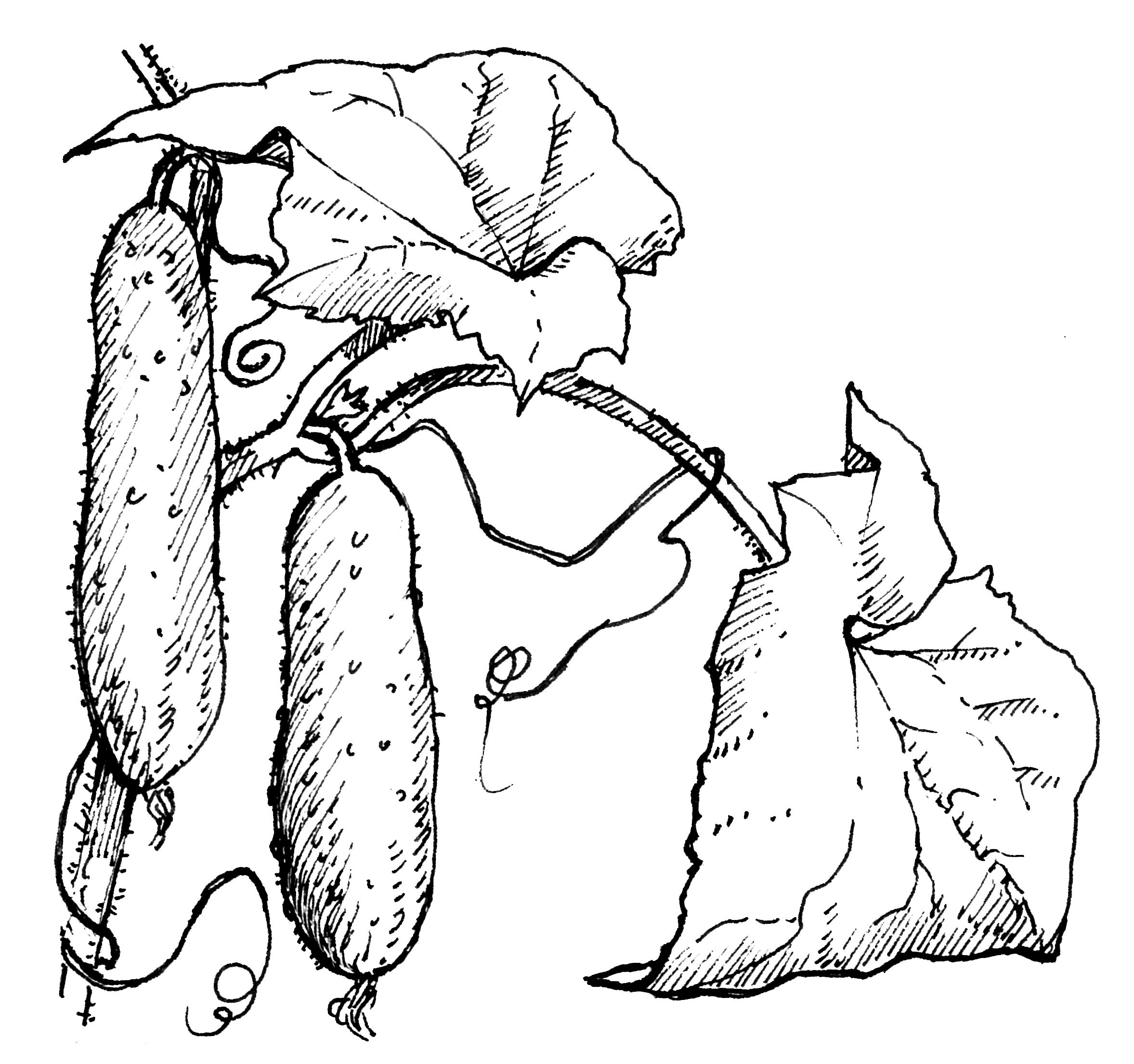
At Charles’ instigation, they experimented at The Mount with various kinds of fertiliser to see what effect they had on plants including nitrate of soda, which Charles had seen in northern Chile, and charcoal on the citrus trees. Bone and charcoal were placed on the raspberry canes to compare their effects during a visit from Charles in October 1843.
‘Wild orange seeds. . .from America’, possibly from Alexander von Humboldt whom Darwin met in January 1842, or from Charles’ Beagle voyage, were sown by Robert in November 1842.
The Garden Diary of Doctor Darwin
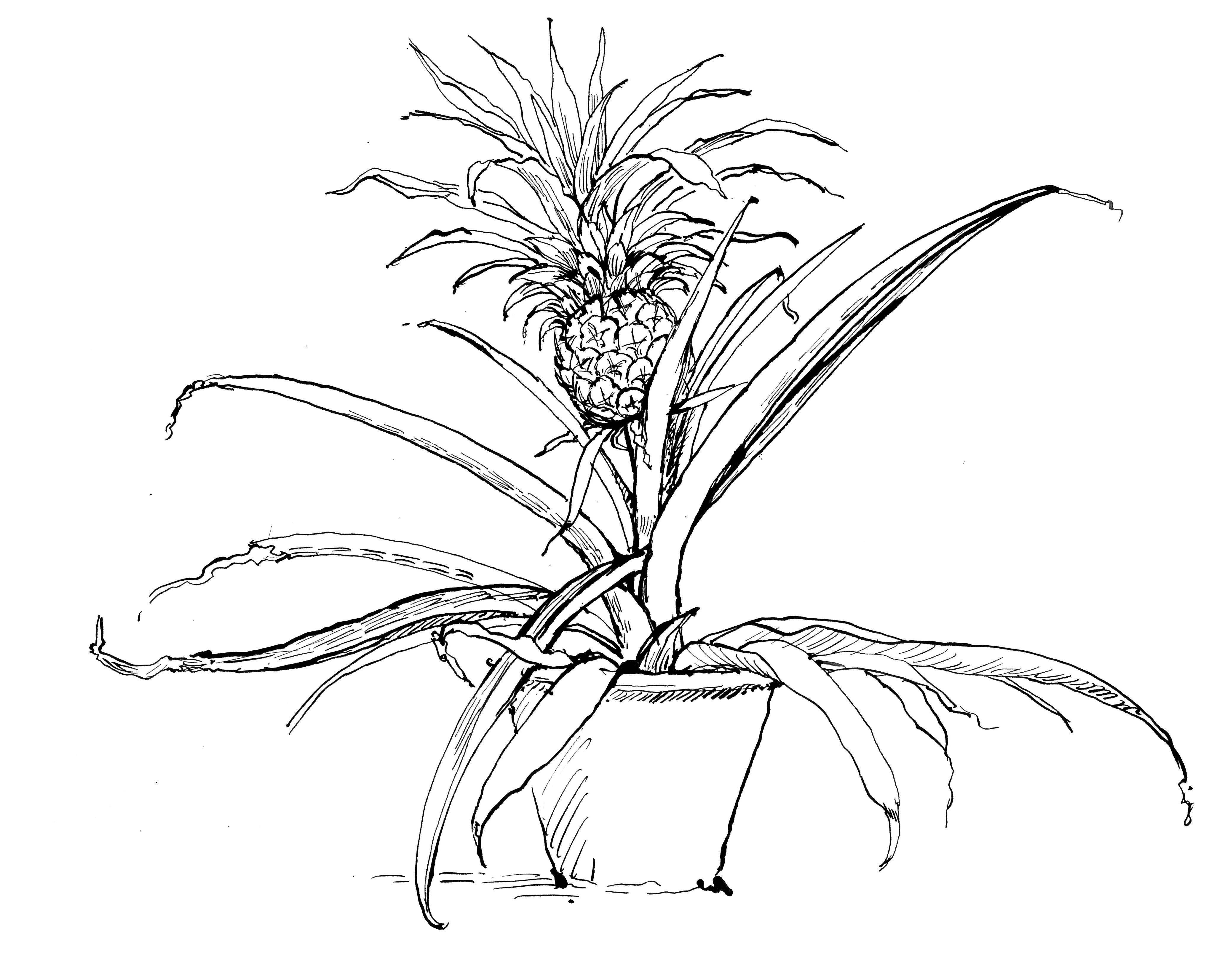
Taking the brief entries in the diary as her starting point, Campbell narrates her discovery of the diary, the people who created and kept it, the evidence it provides for Charles’ horticultural experiments, as well as the many features of the garden.
This is followed by an almanac outlining the cycle of the gardening year from November to October, and a detailed compendium of the plants grown there, and their locations at The Mount.
The diary entries "are like bare bones" Campbell said. "You might say that it is those characteristics that attracted me. The pleasure came from fleshing out those bones, without resorting to too much 'creative writing'."
"The diary has been an asset to my work. As a garden historian specialising in kitchen gardens, it gave me an account of the running of a specific type of garden at a specific time, as well as helping to compile a catalogue of the plants grown at that time."
To find out more about the extraordinary life and letters of Charles Darwin, visit our free exhibition Darwin in Conversation (until December 3, 2022) at Cambridge University Library: https://www.cam.ac.uk/stories/DarwinExhibition
With thanks to Susan Campbell for allowing the use of the illustrations and for her generous donation to the library.
The diary has been catalogued and is available for researchers to request.
Copies of Susan's book are available in the Cambridge University Library shop.
Images
Main image: Illustration of Yewberries, Credit: Susan Campbell
Second image: The Darwin Family Gardening Diary, Credit: Cambridge University Library
Third image: Dr Katrina Dean and author Susan Campbell with the diary, Credit: Dr Katrina Dean
Forth image: Illustration of The Mount, Credit: Susan Campbell
Fifth image: Illustration of a citrus plant, Credit: Susan Campbell
Sixth image: Diary entry for 15 November, Credit: Cambridge University Library
Map: Colour map of the gardens at The Mount, Credit: Cambridge University Library/Sketch map by Susan Campbell
Seventh image: Illustration of a shovel digging potatoes, Credit: Susan Campbell
Eighth image: Illustration of HMS Beagle, Credit: Susan Campbell
Ninth image: Dairy entry for 16 January, Credit: Cambridge University Library
Tenth image: Illustration of cucumbers growing on a plant, Credit: Susan Campbell
Eleventh image: Illustration of a pineapple plant, Credit: Susan Campbell
